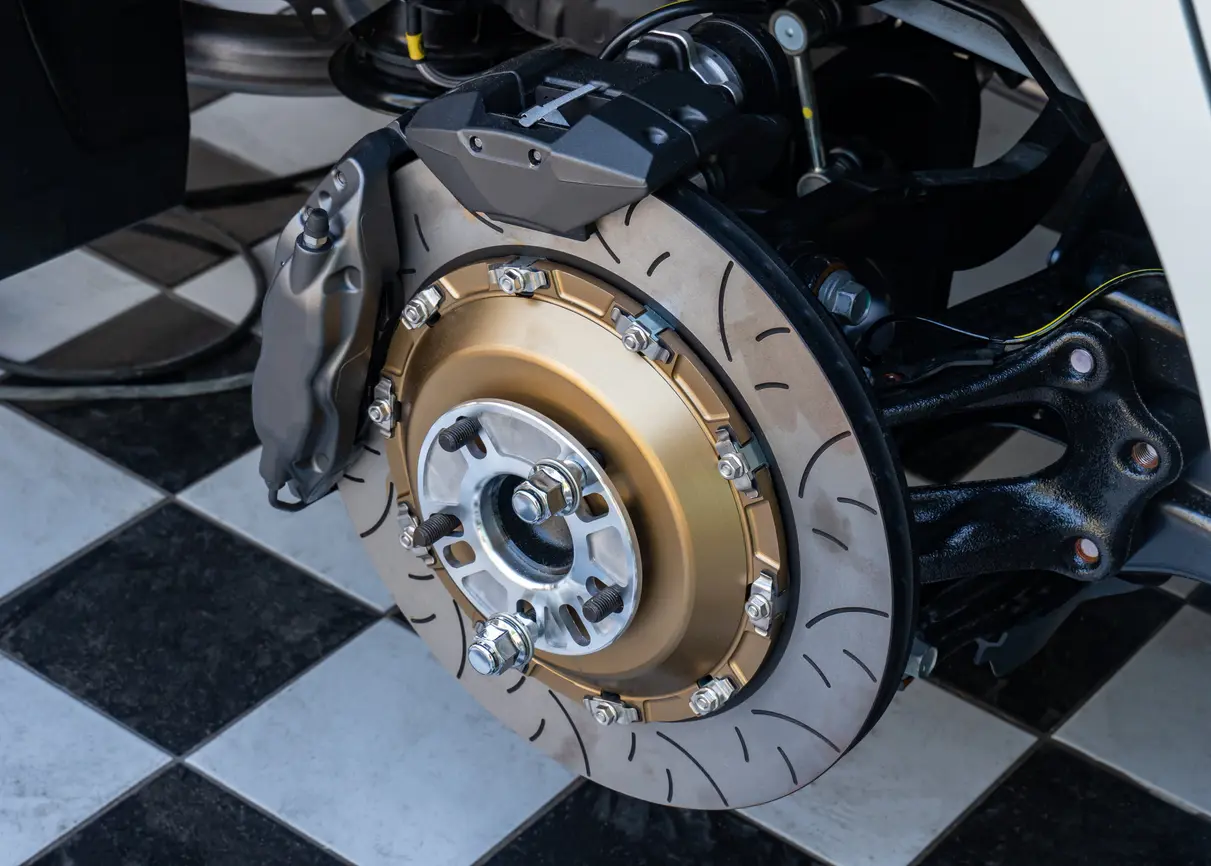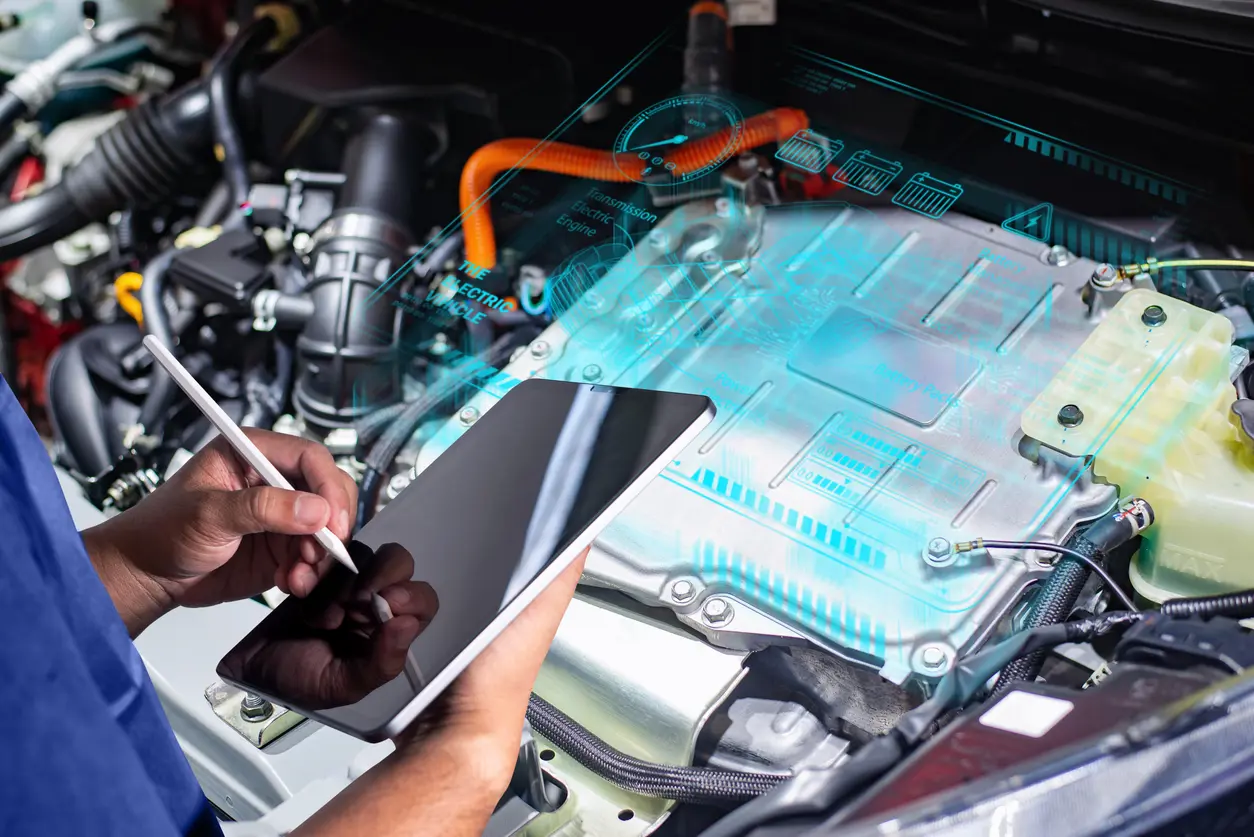How does air conditioning work?
Your A/C circulates a refrigerant through its system to absorb heat from the cabin and release it outside. That’s why you feel cool inside. Components such as the evaporator, condenser, and expansion valve help regulate the flow and temperature of the refrigerant, ensuring optimal performance.
An efficient A/C is essential for several reasons. First, it simply makes the car more comfortable to ride in, regardless of the weather. After all, if the driver isn’t happy, no one is happy, right?
All joking aside, a comfortable cabin environment helps the driver concentrate on driving and reduces fatigue. This in turn contributes to safer driving.
The A/C system also improves air quality by filtering out pollutants and allergens for a healthier cabin environment. Its ability to control cabin humidity also means it prevents window fogging, ensuring clear visibility and greater safety for everyone.
Key components and maintenance
An A/C system relies on several components working in unison to provide efficient cooling and heating.
One of these components is the compressor. It pressurizes and circulates the refrigerant, which is essential for cooling the cabin. The condenser then cools the hot refrigerant, converting it into a liquid state, and releases heat outside the vehicle.
Inside the cabin, the evaporator absorbs heat from the air and cools it down by evaporating the liquid refrigerant. The cooled air is then circulated throughout the cabin to maintain a pleasant temperature.
Advanced technologies such as variable speed compressors and smart temperature control help the A/C optimize its energy usage and improve its overall efficiency.
A/C systems in electric vehicles vs. gas-powered vehicles
There are four significant differences between the A/C system of an EV and that of a gas-powered vehicle.
The first, and most obvious, is the system’s power source. EVs use their main vehicle battery to power the air conditioning system, whereas gas-powered vehicles rely on the engine for power.
Another difference is that EVs can optimize energy usage while minimizing the impact on battery life. Because the EV runs its A/C off the vehicle’s main battery, the system will adjust how much it needs to run. A gas-powered vehicle’s A/C system runs with the engine. That’s why you need to get driving before the system can start to cool the air down.
Third, the A/C system in a gas-powered vehicle must fight against the heat produced by the engine. An EV produces much less heat overall.
And last, you can pre-cool your EV while it’s still plugged into a charger. This not only avoids the scorching sensation of hot leather when you take your seat; it lets you save battery charge for the drive ahead.
All these differences add up to a more energy-efficient air conditioning system in an EV.
Maintenance
Even though EVs are known for requiring less maintenance, their components still require an inspection by a trained eye from time to time. For the A/C, regular maintenance can involve the following:
- Refrigerant: have it checked and, if necessary, replaced.
- Condenser and evaporator coils: have them inspected and cleaned.
- Compressor: have it lubricated.
Routine maintenance helps prevent refrigerant leaks, maintains cooling efficiency, and extends the lifespan of the system’s components. Refer to your owner’s manual for recommended maintenance intervals.
For help in maintaining or repairing the air conditioning system in your electric vehicle, visit a NexDrive service centre to speak with an expert.
Find a NexDrive FacilityOther Resources

Why do electric car tires wear out so fast?
EV tires experience increased tread wear because of instant torque and unsprung weight. Learn why electric vehicles lead to worn-out tires and how to extend the lifespan of EV tires with proper maintenance.

Why regenerative braking is bad for your brake pads
Regenerative braking improves energy efficiency, but can cause brake pad issues because of reduced mechanical brake use. Learn how to maintain your brake system and prevent costly repairs in this article.

Does an EV need regular general maintenance?
Although EVs require less maintenance than gas-powered vehicles, they still need regular care. Learn about battery health, brake maintenance, and more here.
